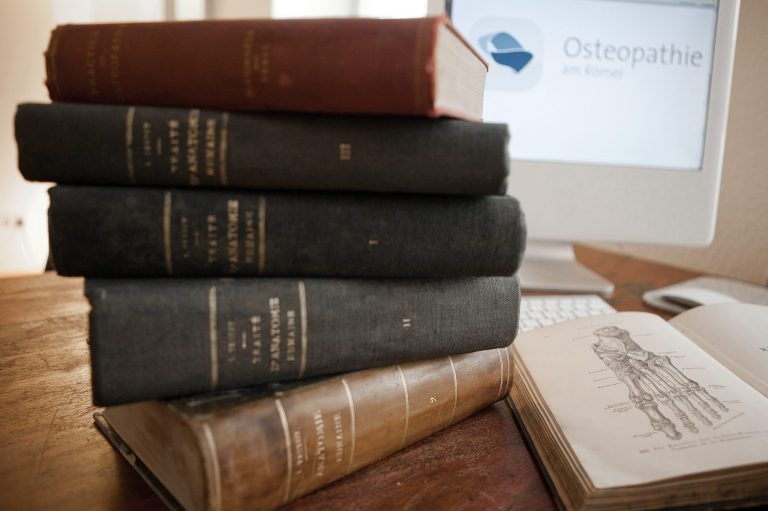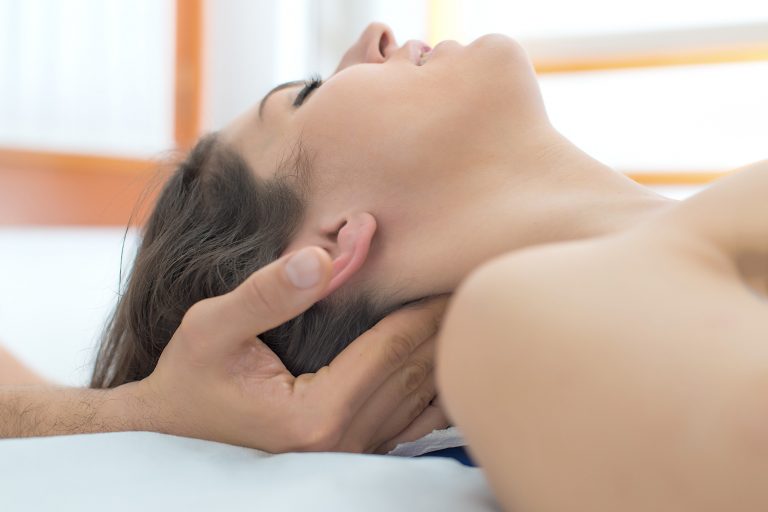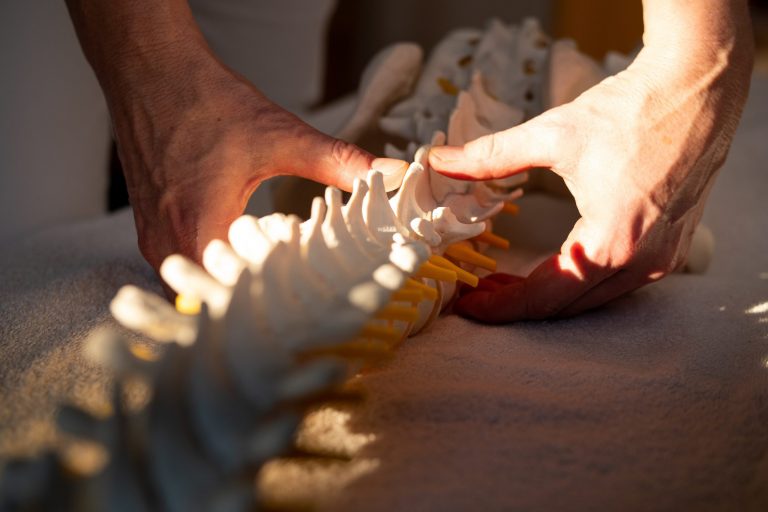The US American Dr. Andrew Taylor Still (1828-1917) is regarded as the founder of osteopathy. He developed the holistic osteopathic principles at the end of the 19th century and came to the fundamental conviction that the entire body is a coherent functional unit and should be treated as such.
Osteopathy traditionally distinguishes between 3 major sub-areas that complement each other: Parietal osteopathy focuses on the musculoskeletal system with its connective tissue, bones, joints and muscles. The area of the organs, with their connective tissue connections and vessels, is covered by so-called visceral osteopathy and the third field, so-called craniosacral osteopathy, is covered by craniosacral osteopathy. craniosacral osteopathy is aimed at the bones of the skull, with its meninges, cranial nerves and nervous system.
Our osteopaths consider these 3 sub-areas to be of equal value and importance.
Over the course of the 20th century, osteopathy has evolved through various procedures, resulting in the development of “new” indirect fascial techniques in addition to the traditional direct osteopathic techniques (known as joint manipulation techniques).
With Dr. Jones’ Strain Counterstrain technique and Sutherland’s myofascial release techniques, for example, we now have methods at our disposal that are used in our practice especially for acute complaints (see acute case consultation).
However, it is not the symptom that determines which procedures are used, but rather the therapist depending on the patient’s individual symptoms as a result of the osteopathic examination.




